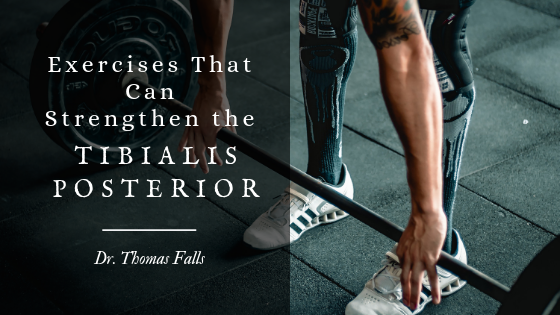If the tibialis posterior muscle is weakened, this can contribute to ankle, foot, or lower limb pain. This muscle is responsible for pointing the foot in the direction of the floor, or plantarflexing it. It also has a role in turning the foot inward, or inverting it. The tibialis posterior also plays a primary role in stabilizing the foot’s arch while running and walking.
Problems with the tibialis posterior muscle can be presented as a collapsing arch, pain located at the ankle’s inside, or difficulty in standing on the toes. Symptoms can also mimic other conditions, however, so a proper exercise program needs to be developed by a physical therapist and a doctor. This program might include stability and strengthening exercises and stretching, such as the following exercises.
Isometric Contraction
Stand so that the inside of the foot is pressed against a step. Make an effort to push the foot inward against that step; there should not be any foot movement. Hold this contraction for five seconds and repeat ten to fifteen times. This quite basic exercise is most beneficial when weakness and pain do not permit more active exercises to be performed.
Arch Lift
Stand on a step sideways so that the foot is half over the edge. Then lower the arch off the step, and with a slow and controlled movement, raise it back again and then up as high as the foot will go.
Calf Raise
Stand next to a wall, sideways, with each foot flat on the floor and arches not collapsed but held in a good position that is neutral. Use a hand on the wall for balance assistance. Next, push up onto the balls of the feet. At the top of this movement, hold for one second. Then return to the starting posture slowly. Again, carefully make sure the arches do not collapse when the feet return to the first flat position.
Stretching Exercises
Stretching tight muscles can offer relief to stiffness, allowing the muscle to more effectively function. One can stretch the tibialis posterior by pulling the toes and ankle upward and outward. A belt or a second person’s help might provide more complete results given that stretching fully can be awkward alone.

